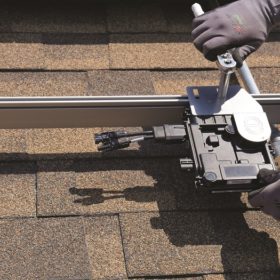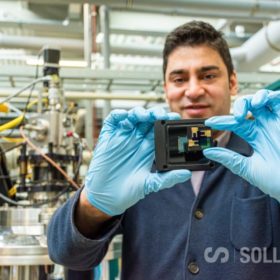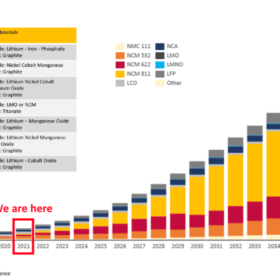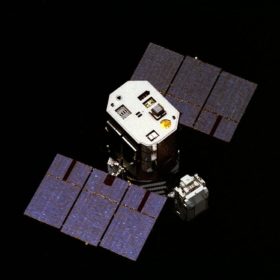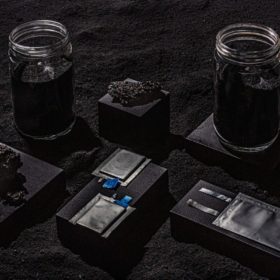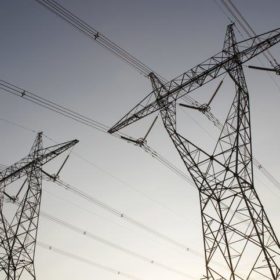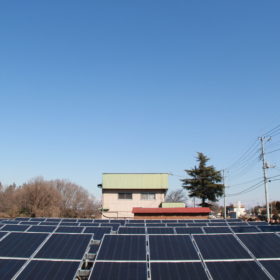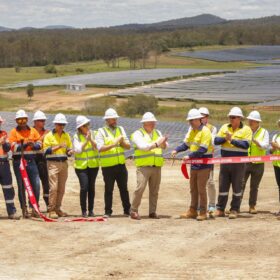Saturday read: the more you know
Module-level power electronics, most often in the form of power optimisers and microinverters, offer a range of value propositions, including advanced monitoring capabilities. But how much can the little box behind the module really see, and how much do operators actually need to know to keep a power plant running optimally?
Solliance hits record efficiency on perovskite/silicon tandem solar cell
The Dutch consortium has achieved the record result by combining, in a four-terminal tandem configuration, an 18.6% efficient highly near-infrared transparent perovskite with a prototype of a c-Si interdigitated back contact (IBC) silicon heteroJunction (SHJ) cell developed by Japanese electronics manufacturer Panasonic. The perovskite cell was also combined with other kinds of solar cells and other remarkable record efficiencies were hit.
Renascor finalises $15m capital raise, on track to be world’s first battery-grade graphite producer outside of China
South Australian company Renascor Resources this morning confirmed it had raised $15 million from institutional investors in Australia and abroad, enough to fund its Siviour Battery Anode Material Project up to the construction phase. The project is on track to become the world’s first integrated mine and purified spherical graphite operation outside of China.
First Solar claims lowest module degradation rate in the industry
The US cadmium telluride thin-film module maker said its Series 6 CuRe panels are able to retain 92% of its performance at the end of the 30-year warranty. The improved stability of the product was achieved by eliminating copper and placing Group V elements such as antimony or arsenic onto the tellurium crystal sites.
Space PV technology company acquired to ‘unlock notable market potential’
The company being acquired, Azur Space, produces triple-junction space solar cells with an average efficiency of up to 30% and is planning to develop ultra-thin solar cells with up to 35%.
PV module price index: New dimensions, new problems
The speed at which manufacturers are introducing changes from one product generation to the next is accelerating – currently, formats are scarcely available for more than a few months before another revised product is launched. But occasionally new module dimensions also bring new problems, be it in handling, plant design, or logistics. Ever-shorter product cycles and hastily launched record-breaking modules with capacities of 500 W, 600 W, or even 700 W are not always welcomed with open arms – especially by those who have to work with them, writes Martin Schachinger of pvXchange.com.
Debate on alleged forced labour in Chinese PV industry heats up in Europe
Three Dutch political parties have brought the forced labour issue to Parliament and have asked the Minister for Foreign Trade and Development Cooperation, Sigrid Kaad, to report on the matter.
Silicon for batteries moves to commercial production
U.S. company Group 14 Technologies has announced it will launch factory capable of producing 120 tons per year of its innovative silicon-carbon-based anode material for lithium-ion batteries. The factory is located at Group 14’s headquarters in Washington and is the first of several planned by the company.
Solar power has to be about quality as well as quantity
Greater dispatchability will be required from solar as it becomes increasingly mainstream worldwide, or investors could experience diminishing returns as a victim of the technology’s success at bearing down on electricity prices.
Jolywood plans new Indonesian fab
Chinese module manufacturer Jolywood is preparing to invest in a joint venture with state-controlled local partner PT Len Agra Energy to set up 1 GW of annual cell and panel capacity.
